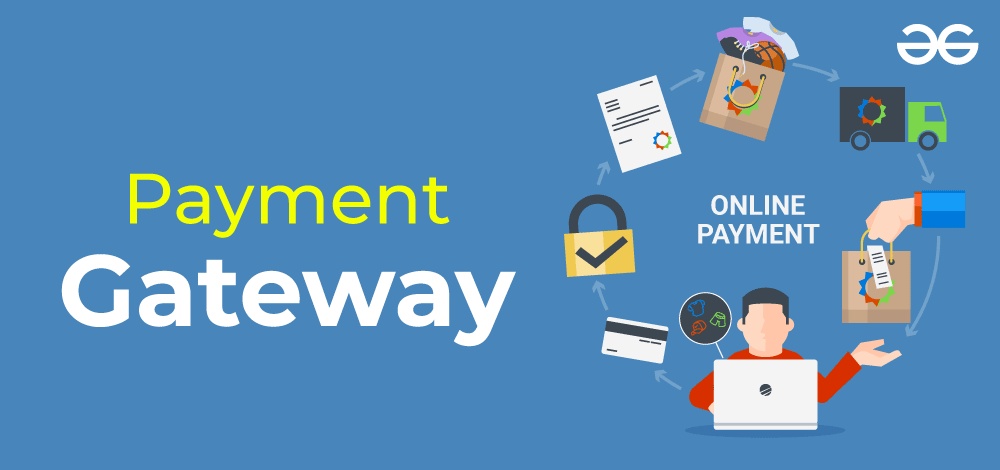The travel industry has rapidly gone online in recent years. With such a huge chunk of bookings happening online, having a functional website and payment gateway is crucial for travel companies to tap into this demand.
Integrating a payment gateway allows travel businesses to securely accept payments online and provide a seamless checkout experience to customers. However, choosing, setting up and integrating a payment gateway can be confusing for those without a technical background.
This comprehensive guide will walk you through the key steps in integrating a payment gateway into your travel website.
Understanding Payment Gateways for Travel Businesses
A payment gateway is an intermediary between a customer’s credit card, debit card or digital wallet and the merchant’s bank account. It is responsible for:
- Securely collecting sensitive payment information from the customer
- Validating payment details with issuing banks or card networks
- Safely transferring funds from the customer’s account into the merchant’s account
- Sending payment confirmation and transaction reports to the merchant
For travel companies selling tour packages, flights, hotels or car rentals online, payment gateways enable them to accept payments through credit cards, debit cards, net banking, mobile wallets and more.
Some key benefits of using a payment gateway for travel websites include:
- Increased sales – By supporting digital payment methods preferred by customers
- Better conversion rates – With a quick and hassle-free checkout process
- Enhanced security – Payment gateways are PCI-DSS compliant and protect customer data
- Convenience – Allow customers to pay instantly without leaving your website
- Faster settlements – Receive payments within 1-2 working days into your bank account
So integrating a payment gateway is essential if you run a travel agency, tour operator, hotel booking site, or any travel ecommerce business. It helps provide a professional online payment experience and builds trust with customers.
Integration Process of Payment Gateway with Travel Website
Integrating a payment gateway into your travel website involves a simple 3-step process:
Step 1: Select a Suitable Payment Gateway
With so many payment gateways, how do you select the right one? Here are key factors to consider:
- Transaction rates and fees – Opt for a cost-effective gateway with no hidden charges
- Payment methods – Choose a gateway that supports popular payment modes like cards, UPI, net banking, EMIs, etc.
- Security – The gateway must be PCI-DSS certified and offer features like 3D Secure, fraud analytics, tokenization, etc.
- Technical integration – Assess the gateway’s integration options (redirect, API, plugins), documentation and technical support
- Travel-friendly features – Dynamic currency conversion, multi-lingual options, etc., can be useful
Step 2: Sign up for a Merchant Account
You need a merchant account to collect money into your travel company’s bank account. This is a business bank account that can accept credit card payments.
Some payment gateways come bundled with an in-built merchant account. For others, you may need to sign up separately with banks like HDFC, ICICI, Axis, etc. Provide your business documentation and details to get approved.
Step 3: Install Payment Gateway Plugin on your Website
Most payment gateways offer ready-made plugins or extensions that easily integrate with popular platforms like:
- Free plugins on WordPress.org for gateways
- Default WooCommerce integrations for leading gateways.
- Free or paid extensions for integrating payment gateways.
- Use gateway API or SDKs for customized integration.
Install the plugin relevant to your website platform and payment gateway. Configure it as per the setup documentation provided.
Conclusion
Implementing a payment gateway on your travel website is indispensable to tap into the booming online travel sales market. By providing flexible and secure payment options, you make purchasing your travel products and services easier for customers worldwide.
Choosing the right payment partner, accounting for security protocols, and thoroughly testing the integration are key steps to avoiding failure.
